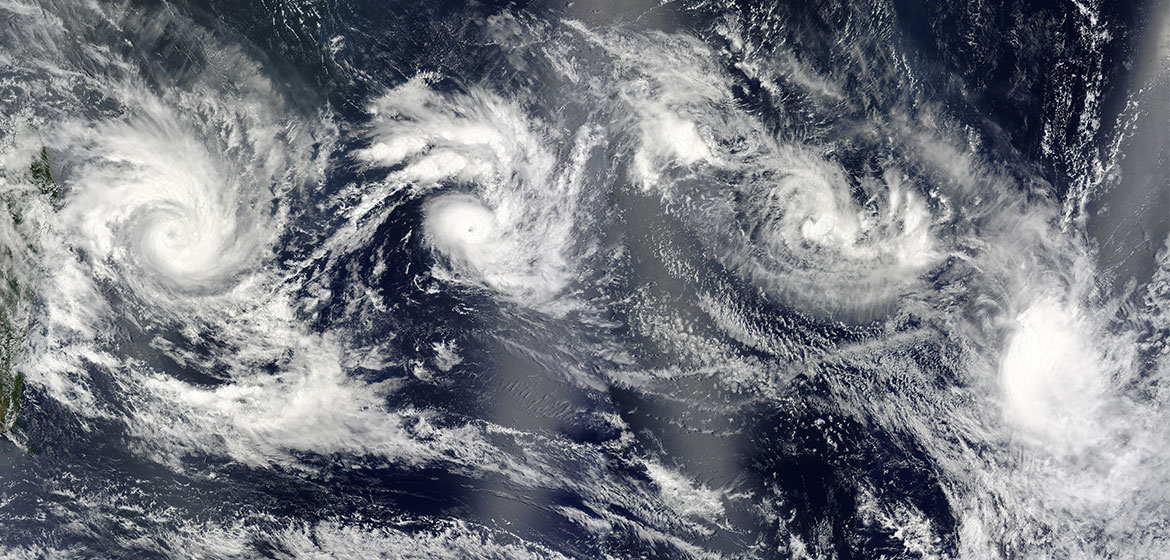What You Need To Know About Tropical Cyclones

What is a tropical cyclone? Tropical cyclones, depending on the region, are powerful and destructive weather systems that can cause widespread damage to coastal areas. These intense storms are formed over warm tropical waters and can have devastating impacts on human populations, infrastructure, and the environment.
Formation and Anatomy of Tropical Cyclones
Tropical cyclones are usually formed between 5 to 20 degrees latitude where the sea surface temperatures are at least 26.5°C (79.7°F), and the atmosphere is conducive to the development of thunderstorms. These storms can start as small disturbances, known as tropical depressions, which can then intensify into tropical storms and eventually become hurricanes, typhoons, or cyclones, depending on their location.
A tropical cyclone consists of several key components. The eye is the calm center of the storm, typically measuring 20 to 50 kilometers (12 to 31 miles) in diameter, with light winds and clear skies. Surrounding the eye is the eyewall, which is the most intense and destructive part of the storm, with the strongest winds, heaviest rainfall, and highest storm surge. The rainbands are spiraling bands of clouds and thunderstorms that wrap around the storm, extending outwards from the eyewall, and can produce heavy rainfall and gusty winds.
Hazards Associated with Tropical Cyclones
The most obvious and immediate threat from a tropical cyclone is the strong winds, which can exceed 250 kilometers per hour (155 miles per hour) in the most powerful hurricanes. These winds can cause widespread damage to buildings, infrastructure, and vegetation, as well as downed trees and power lines.
A storm surge is a dome of water that is pushed onto the shore by the strong winds of a tropical cyclone. Storm surges can cause widespread coastal flooding, damaging or destroying buildings, roads, and other infrastructure, and can be one of the deadliest aspects of a tropical cyclone.
Besides that, tropical cyclones are known for their heavy rainfall, which can lead to flash flooding, river flooding, and landslides. This can disrupt transportation, damage crops, contaminate water supplies, and cause widespread destruction to communities and their infrastructure. They can also spawn tornadoes, which are small but intense rotating columns of air that can cause localized damage and pose a significant threat to life and property.
Preparation and Mitigation
Secure your property by trimming trees and removing loose objects that could become projectiles in high winds. Reinforce doors and windows, and install storm shutters or plywood to protect windows from flying debris. If you are unsure about the susceptibility of your property, we can conduct a thorough assessment of your property’s risk exposure to tropical cyclones, including evaluating the property’s location, construction, and vulnerability to potential hazards such as wind, storm surge, flooding, and more.
Furthermore, we provide a free review to help you analyze your property’s insurance coverage to ensure that you have adequate coverage for potential damages caused by tropical cyclones. Rest assured that we are always on our clients’ side when developing comprehensive emergency response plans, including evacuation procedures, communication protocols, and contingency plans for protecting property and assets before, during, and after a tropical cyclone.